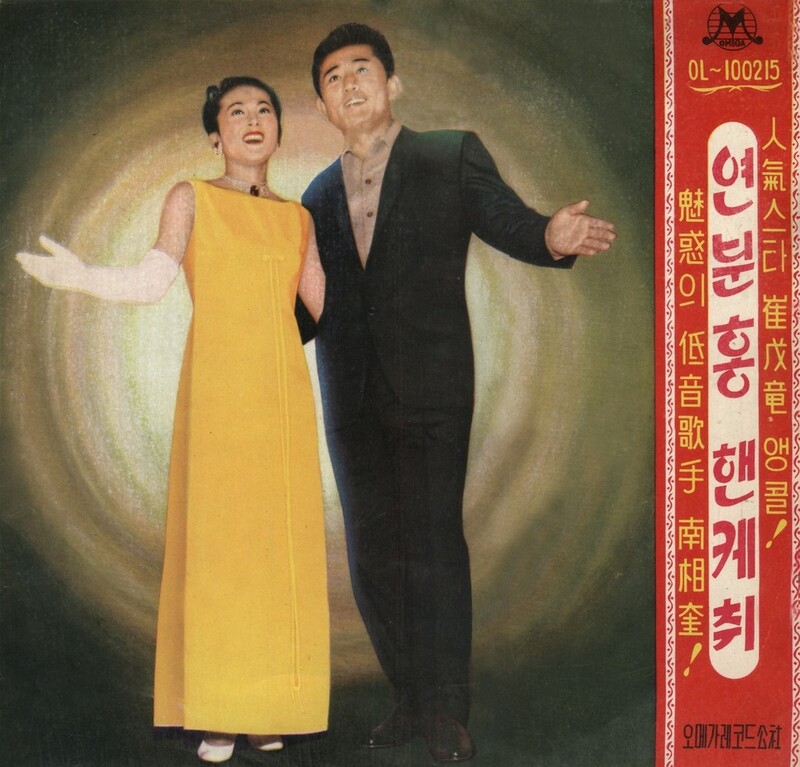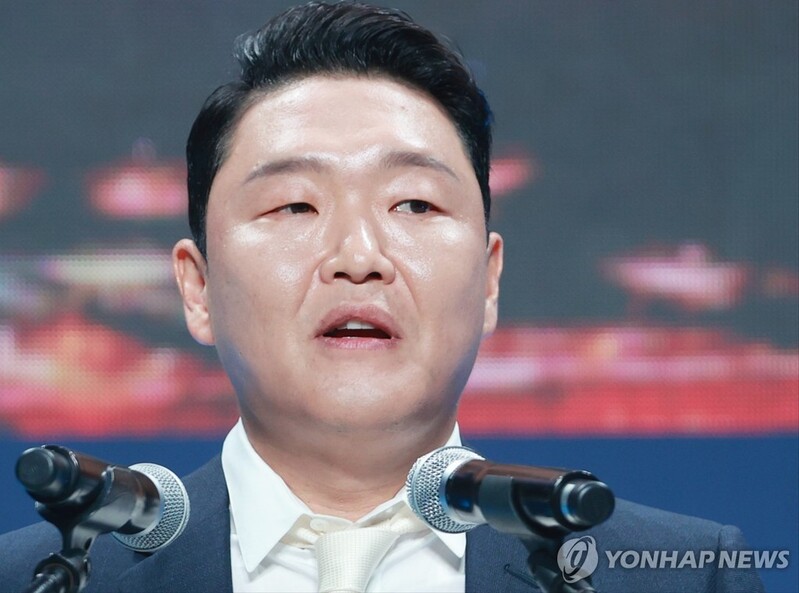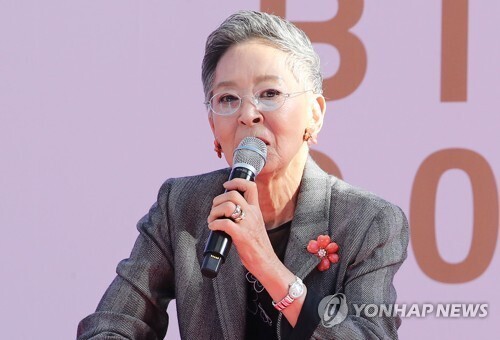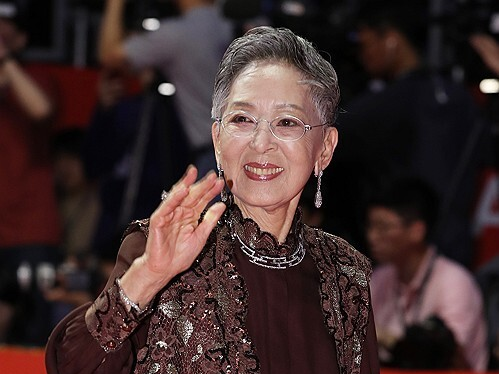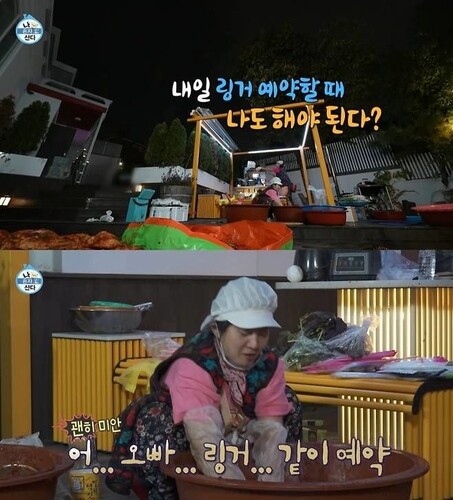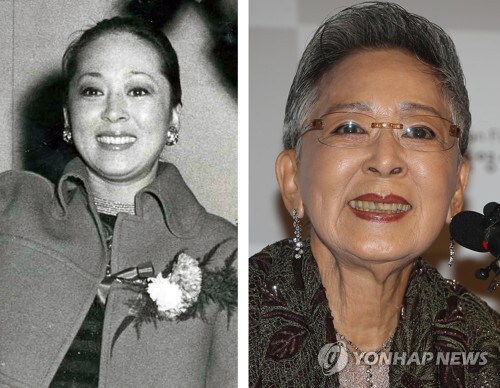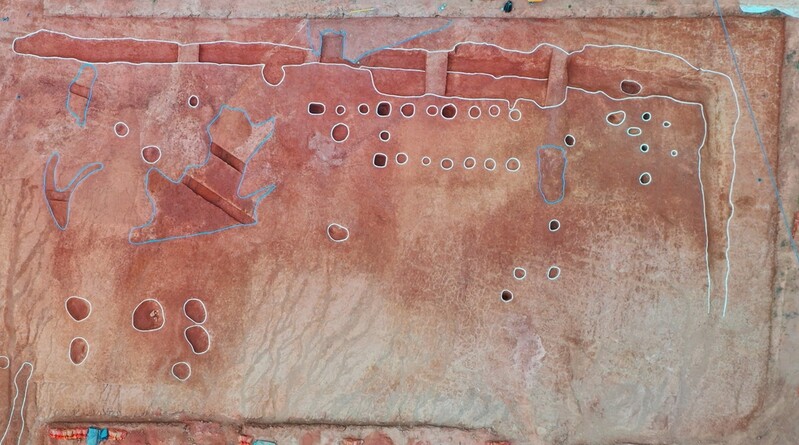 |
| ▲ This photo, provided by the Research Institute for the Mahan-Baekje Culture, shows the surrounding area of the Ssangreung in Iksan. (PHOTO NOT FOR SALE) (Yonhap) |
SEOUL, Oct. 26 (Yonhap) -- Two large building sites believed to have been built during the Baekje period have been found near the Ssangreung or "twin tombs" in Iksan. The twin tombs are known to be the tombs of King Mu who reigned as the 30th king of Baekje (600-641)and his wife Queen Seonhwa of Silla.
Iksan city and the Research Institute for the Mahan-Baekje Culture of Wonkwang University announced Tuesday that they had excavated two buildings and remains from pits, which are deemed to have been used from Sabi, the capital of Baekje Kingdom and located at Buyeo county in the present day, to the Unified Silla period.
The distance between the two buildings is about 10 cm, and it is investigated that both were raised-floor buildings with pillars supporting the bottom floor. The pillars were concentrated in the center of these buildings.
The first building site is measured to be 35 meters long and 11 meters wide. Along with roof tiles stamped with inkstone pieces and lids used in Sabim earthenware with stamped patterns from the Unified Silla period were found.
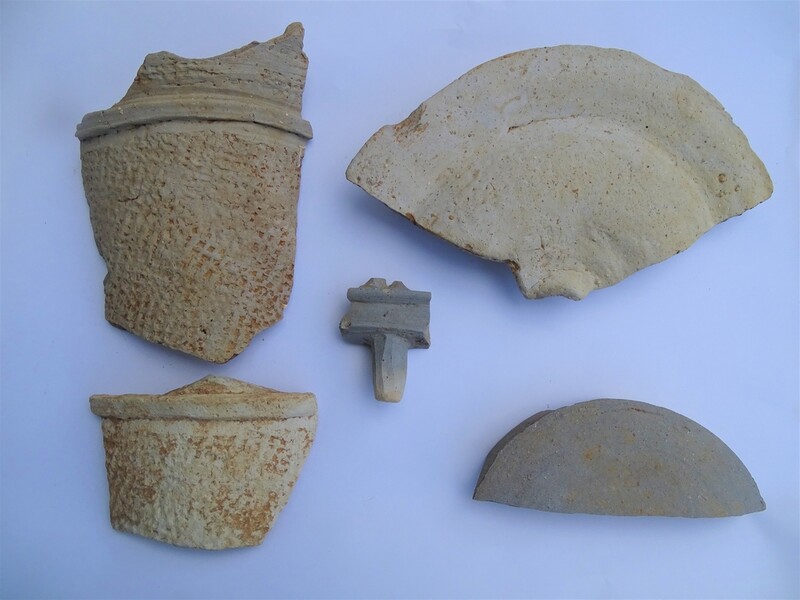 |
| ▲ This photo, provided by the Research Institute for the Mahan-Baekje Culture, shows some of the relics excavated from the first building. (PHOTO NOT FOR SALE) (Yonhap) |
The second building site is 27 meters long and about 10 meters wide. There were also water collecting wells and pieces of earthenware discovered from Sabi and the Unified Silla period.
"It is presumed that these buildings were not used for common residential facilities because there are no wood-burning stoves or heating system," an official from the Research Institute for the Mahan-Baekje Culture said. "If you look at the structure of the raised-floor buildings and large earthenware pieces found inside, this place might have been used as a warehouse to store ancestral ritual related goods."
"The second building site may have been a facility to wash goods," the official added. "In 2009, there were lotus patterned roof tiles and pieces of green colored inkstone excavated at the southern park of Ssangreung"
 |
| ▲ This photo, provided by the Research Institute for the Mahan-Baekje Culture, shows the surrounding area of the second building. (PHOTO NOT FOR SALE) (Yonhap) |
The twin tombs of Iksan consist of a large royal tomb and small royal tomb. In the past, King Mu first built a huge temple called the Mireuksa Temple in Iksan and it is considered that the king and Queen Seonhwa was buried in the tombs.
The royal tombs were re-investigated in 2017, which was a century after the Japanese colonial era, by Iksan city and the Institute for the Mahan-Baekje Culture, confirming that it was the royal tombs of Baekje considering the size, construction time, and method in which it was built. A wooden box containing human bones was found in the large royal tomb, and through a human bone analysis, it is more likely that one of the mounds are considered to be the tombs of King Mu.
(END)
(C) Yonhap News Agency. All Rights Reserved







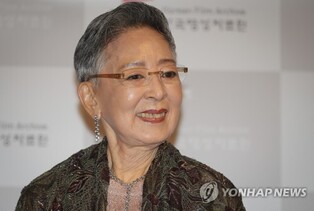

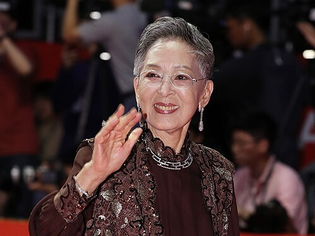
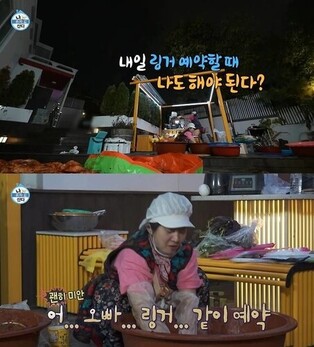
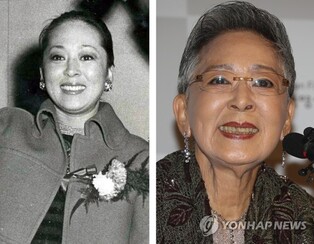

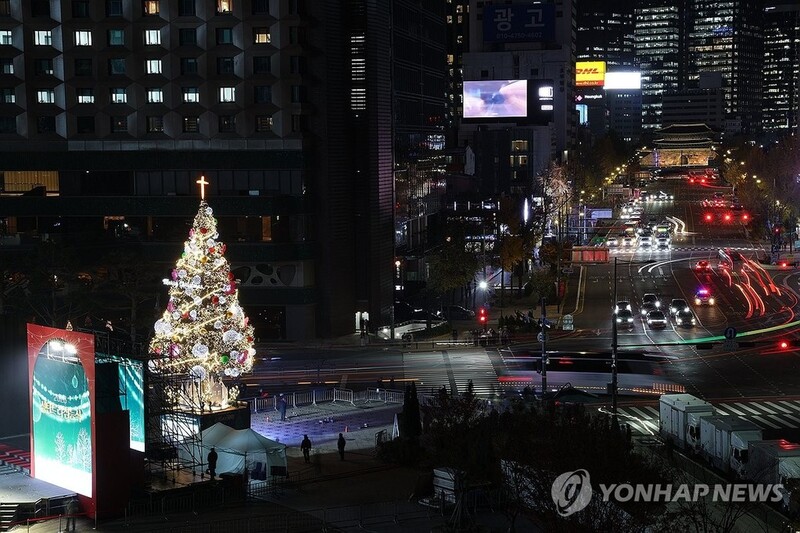

![[가요소식] 10대 싱어송라이터 민서, 데뷔 싱글 '미로'](https://korean-vibe.com/news/data/20251211/yna1065624915952705_742.jpg)
